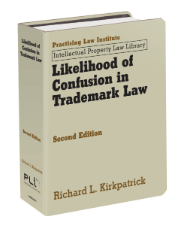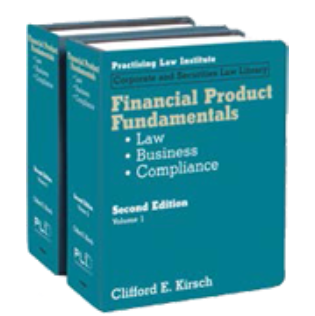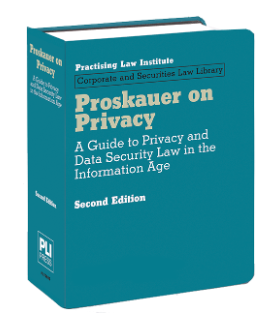
Exempt and Hybrid Securities Offerings (Fourth Edition) is a comprehensive reference on exempt and hybrid securities offerings, and a practical handbook, with step-by-step guides, practice pointers, and forms. This title gives practical guidance for each principal type of exempt offering, including private placements, venture capital financings, institutional debt private placements, PIPE transactions, structured PIPE transactions, Regulation A offerings, crowdfunding transactions, registered direct offerings, continuous offering programs, and more!
The new release includes the following updates which address important market and practice developments affecting exempt offerings:
- Trends in the PIPE transaction market, registered direct offering market, and trends in at-the-market offerings
- Proposed changes to the accredited investor definition
- Proposed changes to Regulation D, Form D, and the Section 12(g) threshold
- Changes to the NVCA forms
- Amendments to Regulation M
- Enforcement activity relating to Regulation M
- Amendments to the rules of the securities exchanges relating to shareholder approval requirements
- FINRA Notice to Members 23-08 relating to Private Placements
- FINRA and other enforcement actions relating to Private Placements
- The introduction of Rule 145a
Order a print copy today!
PLI PLUS subscribers can access this title through their subscription.








